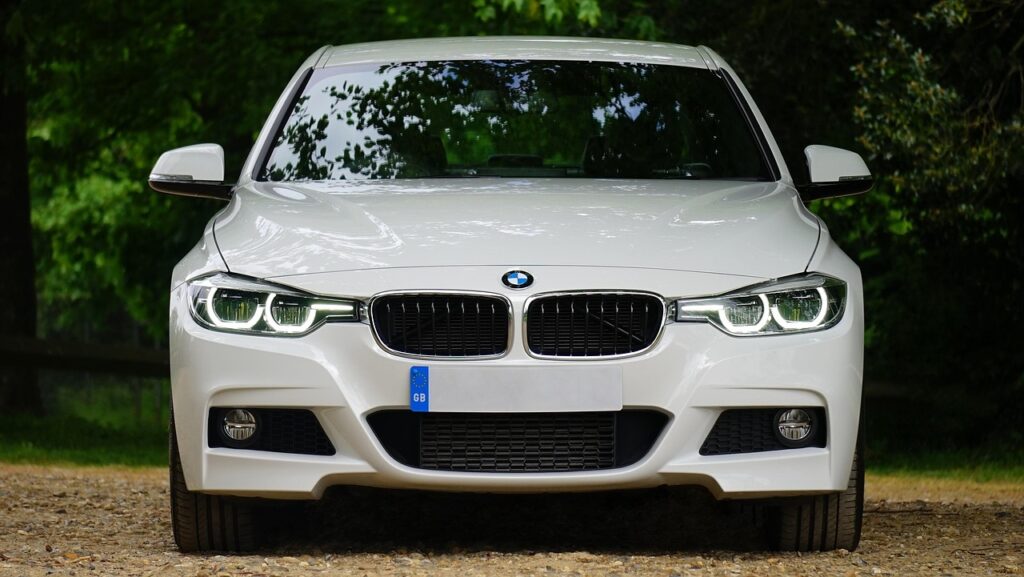Is that missing front plate going to get you pulled over? In Washington, it can lead to unexpected fines or even a traffic stop.
Drivers often overlook or misunderstand the law, and that confusion sparks a lot of questions. Do you really need it? Will it ruin your car’s look? Is it worth the hassle?
This article breaks down everything you need to know about the need for front license plates in Washington—what the law says, the exceptions, and what happens if you skip it.
Is It Mandatory to Have a Front License Plate in Washington?
Yes. Under RCW 46.16A.200, Washington State law requires most vehicles to display two license plates—one on the front and one on the rear. This rule applies to passenger cars, trucks, and most other vehicles. Failing to install a front plate can lead to a non-moving violation and a $136 fine.
The law states: “The front plate must be mounted on the front of the vehicle, and the rear plate must be mounted on the rear of the vehicle.”
This rule might seem minor, but it plays a critical role in law enforcement, automated traffic enforcement systems, and vehicle identification.
Are There Any Exceptions?
Yes, but they’re limited. If your vehicle was not manufactured to be equipped with a front license plate bracket, you may qualify for an exemption. This typically applies to sports cars, classic vehicles, or certain imported models.
Vehicles without a designated front plate mounting location may apply for a front plate exemption decal. This decal must be displayed on the inside of the windshield on the passenger side.
However, this exemption is not automatic. You must submit a request to the Washington Department of Licensing (DOL) and receive approval. Driving without a front plate, just because your car looks better without it, is not a valid excuse.
What if I Recently Purchased a Vehicle?
If you’ve just bought a vehicle and are waiting for your permanent plates, Washington allows the use of temporary permits. These permits, issued by dealerships or the DOL, must be displayed in a visible location. However, once you receive your plates, you are expected to install both front and back plates immediately.
Some drivers mistakenly install only the rear plate after receiving their permanent tags. Don’t fall into that trap—it can still result in a citation.
Why Is a Front Plate Necessary?
Law enforcement officers argue that a front plate helps with:
- Quick identification of stolen vehicles,
- Monitoring and enforcing toll roads,
- Assisting in hit-and-run or Amber Alert investigations, and
- Capturing violations via red-light or speed cameras.
Without a front plate, many traffic enforcement cameras wouldn’t be able to identify the vehicle, making it harder to uphold the law or respond to emergencies. That’s why Washington takes this issue seriously, even if it seems trivial to some drivers.
How Do You Properly Mount the Front Plate?
The plate should be:
- Securely fastened,
- Mounted at the frontmost part of the vehicle, and
- Clearly visible and unobstructed.
Do not place the plate on your dashboard or lean it against the windshield—this does not satisfy the requirement under Washington law. It must be affixed to the body of the vehicle or to a proper bracket.
If your vehicle doesn’t have a pre-installed front plate bracket, you can:
- Purchase an aftermarket bracket designed for your model,
- Use a tow hook mount (common with sports cars), or
- Use removable adhesive brackets, which don’t require drilling.
What Are the Penalties for Non-Compliance?
The primary consequence is a $136 fine for not displaying a front license plate. While it’s classified as a non-moving violation, it can still affect your driving record or be cited alongside other offenses.
In some cases, officers may let you off with a warning, especially if you’re a first-time offender, but that’s entirely at their discretion. Repeat offenses are less likely to receive leniency.
Do Washington Residents Support the Law?
Opinions are split. Some drivers believe front plates are aesthetic eyesores, especially on sports cars or custom builds. Others view them as a necessary public safety tool.
Legislative efforts to eliminate the front plate requirement have been made in recent years, but none have succeeded. The law remains in full effect, and compliance is not optional.
Final Thoughts
Ignoring front plate requirements in Washington may seem harmless, but it’s not. The law is clear: two plates are required unless you’ve gone through the proper channels to get an exemption. Whether you’re new to the state, just bought a vehicle, or simply prefer a clean front bumper, don’t assume you’re above the rule.
The fine is one thing, but the bigger issue is safety, enforcement, and accountability. Installing your front plate takes only a few minutes and saves you from avoidable trouble down the road.

